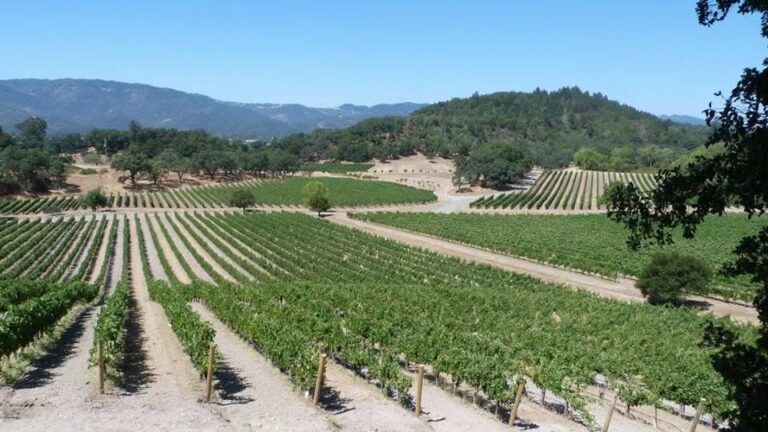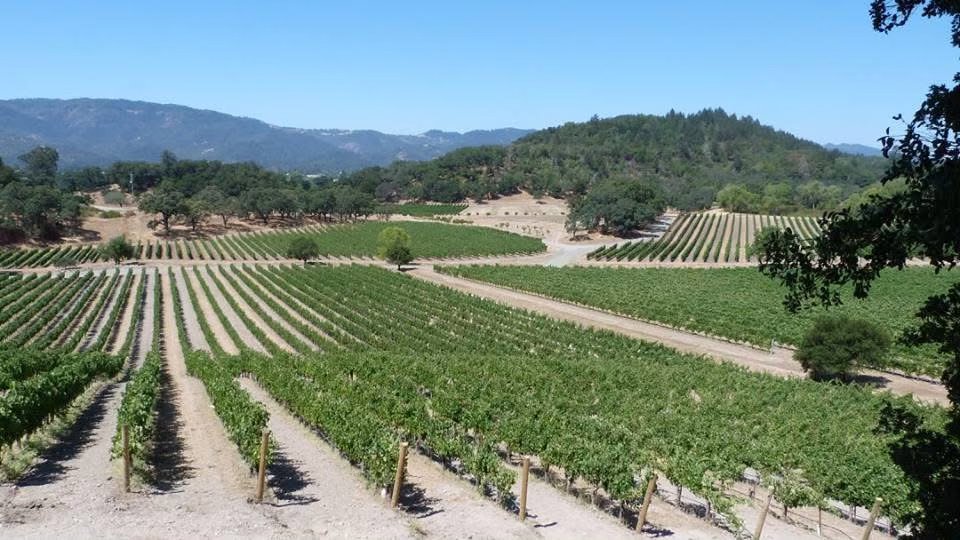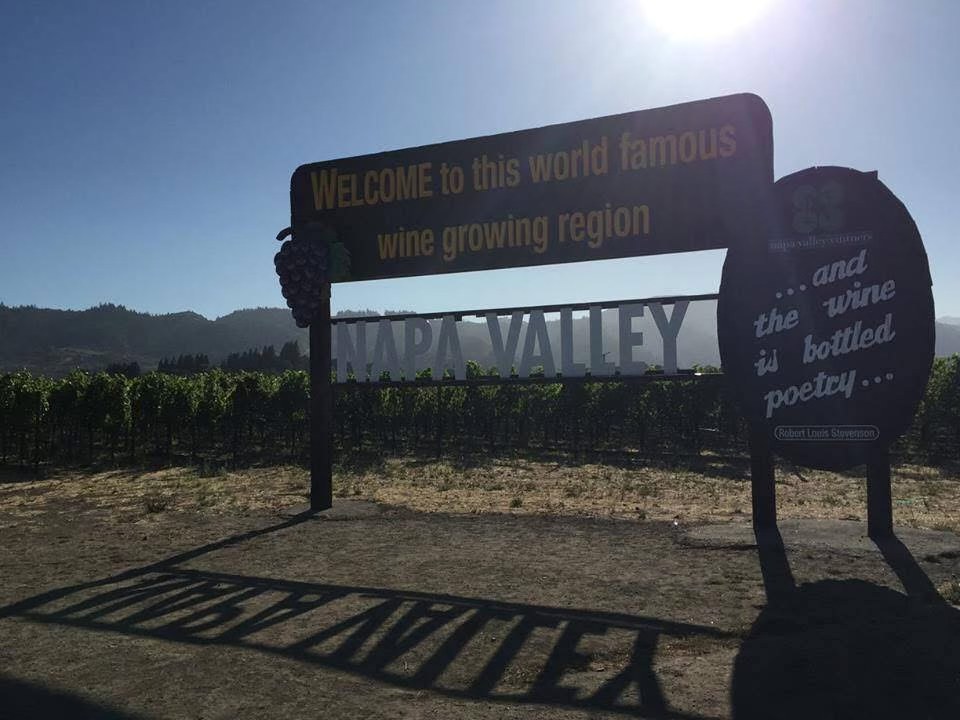
When Napa Valley Pulls Out Its Vines: A Vineyard in search of balance
Overproduction, broken contracts and uprooted parcels: Napa Valley is facing an unprecedented crisis. Along Highway 29, the symbol of its prestige, dead vines bear witness to a mismatch between supply and demand that could reshape the region’s future.
 A Bountiful Harvest That Turns Into a Headache
A Bountiful Harvest That Turns Into a Headache
The 2025 vintage surprised California winemakers with its generous yields. After years marked by difficult climate conditions, this abundance might have seemed like a blessing. But the reality is quite different: cellars, already saturated, cannot absorb such volumes.
Wine consumption is stagnating in the United States, particularly in entry- and mid-range segments. Between the rise of ready-to-drink cocktails, increased price sensitivity and shifting consumer habits, sales have not kept pace with the harvest. As a result, tons of grapes were left unpicked or sold at a loss—a painful image for a region where every cluster is meant to embody excellence.
When Exclusive Contracts Break Down
The crisis is also reflected in something unprecedented: the unraveling of decades-old exclusivity contracts. Heitz Cellar, for instance, announced it would no longer purchase the entire harvest from the famed Martha’s Vineyard, breaking a tradition of more than 60 years out of fear of stock saturation. Other major producers have also scaled back commitments, leaving partner growers without guaranteed outlets.
For growers, this is a shock. These partnerships once ensured financial stability and commercial visibility. Their rupture forces winegrowers to find last-minute buyers—often at rock-bottom prices. The uncertainty undermines the local fabric and intensifies the economic pressure on family-run vineyards.
Highway 29, a Showcase of Distress
The hardship is visible to the naked eye. Driving along Highway 29, Napa Valley’s iconic artery, visitors encounter dead vines, abandoned plots or freshly uprooted parcels. Nicholson Ranch Vineyards and Winery, for example, has already been forced to uproot some vines along State Route 29 in response to declining demand. Such sights, unimaginable just a decade ago, reflect the depth of the crisis.
For some growers, uprooting has become a pragmatic choice: cutting costs, reducing pressure on yields and preparing for future restructuring. But the act carries heavy symbolic weight in a region where the vine is not just an economic tool, but also a cultural and identity marker.
Between Global Prestige and Market Realities
For decades, Napa has embodied luxury and global recognition, particularly thanks to its iconic Cabernet Sauvignons. But this aura no longer shields it from market forces. Foreign competition—from Chile, Australia, Spain—feeds a saturated global market with highly competitive prices.
Even within the U.S., consumers hesitate to pay the premium prices associated with California wines. Scarcity, once a guarantee of value, has given way to poorly managed abundance. Napa now faces a paradox: striving to embody excellence while grappling with overproduction dynamics akin to less prestigious appellations.
What Are the Possible Ways Forward?
 For some experts, today’s crisis is also an opportunity. Uprooting, though painful, could help rebalance supply and demand by focusing production on the highest-quality terroirs. More sustainable and climate-resilient viticultural practices may also emerge, ensuring a stronger long-term future.
For some experts, today’s crisis is also an opportunity. Uprooting, though painful, could help rebalance supply and demand by focusing production on the highest-quality terroirs. More sustainable and climate-resilient viticultural practices may also emerge, ensuring a stronger long-term future.
Others pin their hopes on commercial innovation: diversifying distribution channels, expanding exports, or enhancing the wine tourism experience, still one of Napa’s great strengths. In a world where consumers seek stories and emotions as much as products, the valley can still capitalize on its cultural and scenic heritage.
A Turning Point
Napa stands at a crossroads. The sight of dead vines and uprooted rows along Highway 29 will likely remain the defining image of the 2025 harvest. But behind this bitter reality, some see the signs of a necessary transformation.
If the region manages to adapt its vineyard surface, preserve excellence and reinvent its relationship with the market, it could emerge stronger from this crisis. For now, the pain of uprooting and the collapse of contractual certainties dominate. But wine history shows time and again: the greatest regions often rise anew from their ordeals.

 A Bountiful Harvest That Turns Into a Headache
A Bountiful Harvest That Turns Into a Headache